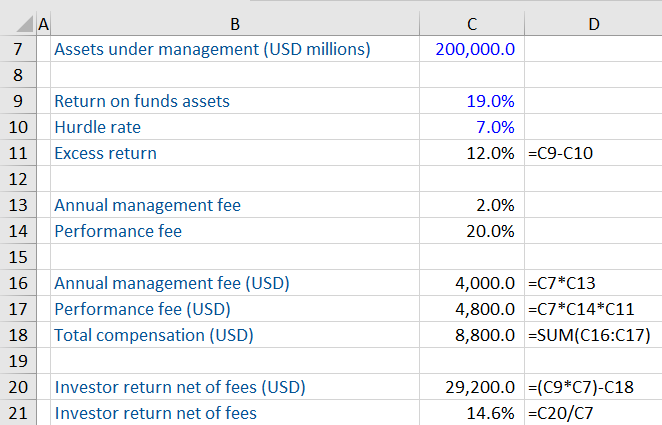Hedge Funds
March 17, 2021
What are “Hedge Funds”?
When people want to invest their money in financial assets, they usually think of investing in stocks, bonds or money market funds, which are known as traditional investments, or opt for traditional investment vehicles such as mutual funds.
Beyond such investments, there is another category of investing known as alternative investments. These investments are risker than traditional investments or related vehicles.
Hedge funds are among the most common and largest type of alternative investment. These funds are professionally run investment vehicles that pool capital from a large number of investors and invest it.
Hedge funds, unlike mutual funds, can invest across any asset class (for example, stocks, bonds, currencies, commodities, derivates and real estate, among other assets) and are offered only privately to investors who are typically high net worth individuals and institutional investors such as banks, pension funds and endowments.
Key Learning Points
- Hedge funds are known to make high risk investments and may use options, leverage or borrowed money, short-selling and other alternative investment strategies with the intention of generating higher returns for the investor.
- Hedge funds invest in assets with the aim of maximizing short-term profits i.e. to provide the highest return on investments (ROI) as quickly as possible. Therefore, they invest primarily in highly liquid assets that the fund manager views as offering high return potential in a short span of time.
- Hedge funds attempt to profit quickly from one investment and thereafter move funds to another investment to seek further returns. However, since they use leverage to enhance their returns and maximize short term profits, their investment strategies are risky.
- A key objective of hedge funds is to increase the return of a portfolio by purchasing alternative assets that offer high risk-adjusted returns.
- Hedge funds are largely considered illiquid, as investors cannot simply take their investments out of these funds at short notice. This means there is a “lock-in” period, often for a minimum period of one year, during which investors cannot pull out their investment.
- Hedge funds are run by fund managers for a fee that tends to be higher than traditional investment fees, and includes an annual management fee of around 1-2% of the amount invested, and a performance fee of around 20% of a fund’s profits.
Hedge Fund Fee Structure
Given below is an example to illustrate the calculation of total compensation paid to fund managers and investors rate of return net of total compensation.
Suppose XYZ hedge fund had $200 million of assets under management and the portfolio generated a return of 19% in that year. Assume a fee structure (i.e. total compensation paid to fund managers) of “2 and 20%” and a hurdle rate of 7%.
The term “2 and 20%” refers to the annual management fee and performance fee respectively paid to the fund manager. This means 2% of assets will be paid as the annual management fee, and 20% of returns over the hurdle rate will be paid as a performance fee
“A hurdle rate of rate of 7%” refers to the minimum return that must be earned by a hedge fund before it can charge the performance fee. The performance fee of 20% only applies to any profits above the hurdle rate of 7%.
Types of Hedge Fund Strategies
The four main categories are:
- Global macro strategies: fund managers trade in various asset classes across major financial and non-financial markets based on their assessment of global macroeconomic trends.
- Event-driven hedge funds: fund managers seek investment opportunities associated with transactional events such as acquisitions, liquidations, bankruptcy, and consolidations.
- Relative value funds: these funds often seek to make use of leverage to enhance return on investments.
- Equity hedge funds: the objective here is to provide equity-like returns while attempting to limit the adverse impact of volatility and downside market movements on an investor’s portfolio of assets.
